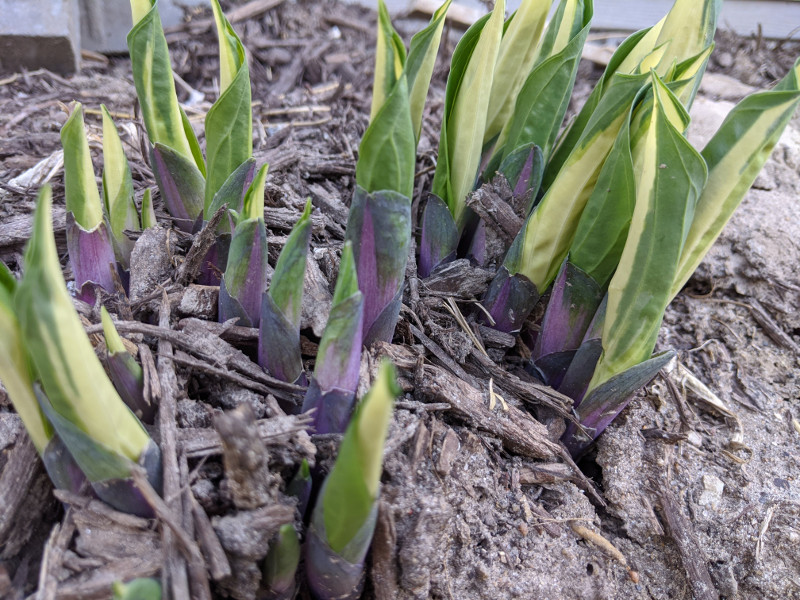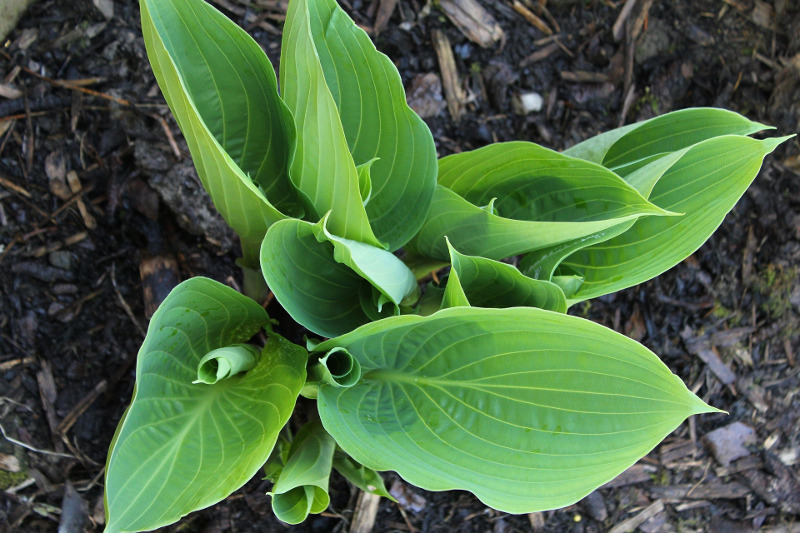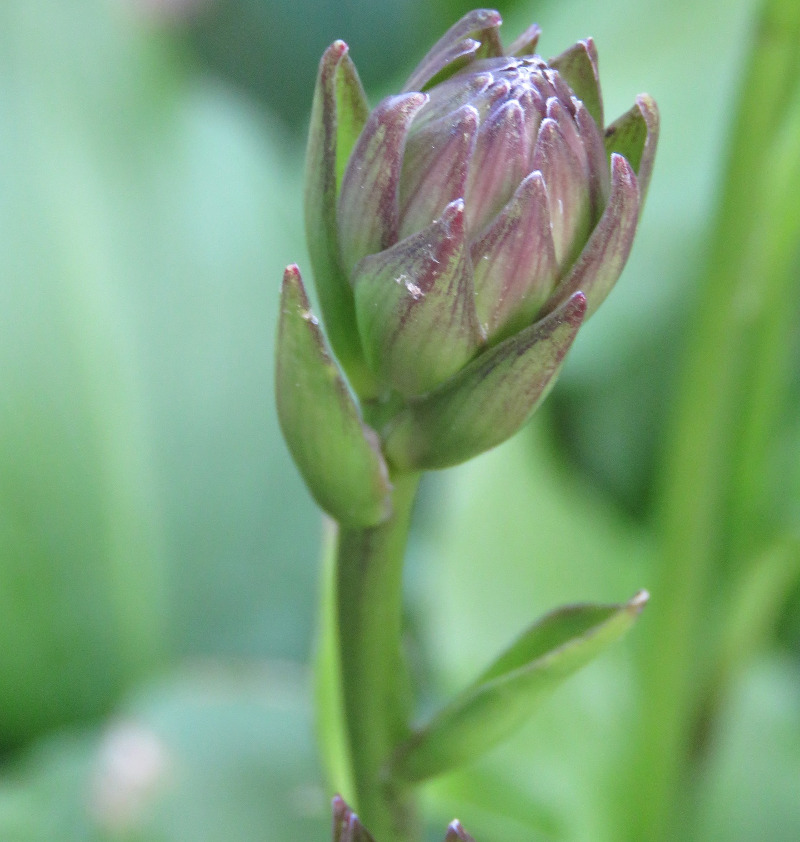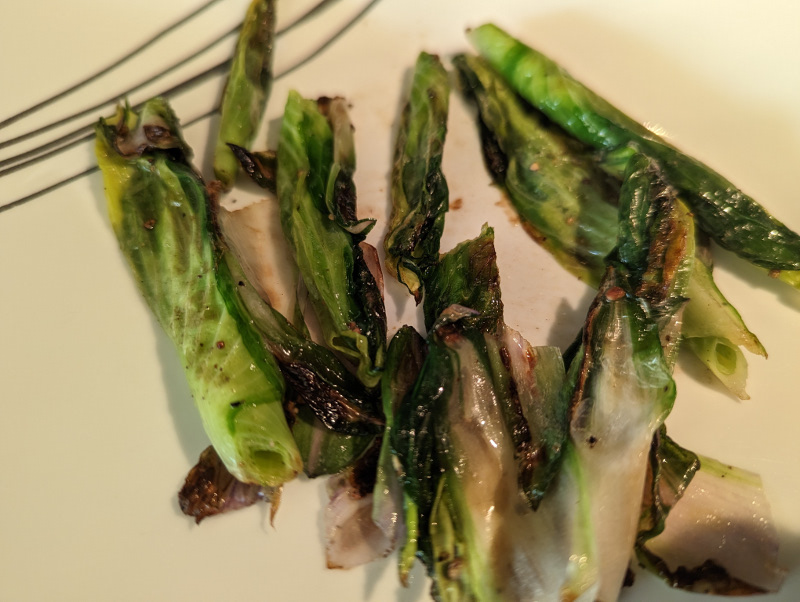Hostas are widely known as the perfect shade plant for any garden area. But, did you know that the plant is also edible? Native to China, Korea, and Japan, the common name for hostas is the Plantain Lily. Hostas belong to the family Asparagaceae, whose relatives are yucca, agave, and asparagus.
From the shoots sprouting out of the ground up to the flowers, the entire hostas plant is edible. The most common part of the plant to eat is the early spring shoots. Consider it like you would asparagus spears and you are good to go. The large opened leaves of the hostas can also be eaten. It is a good substitute for dishes that call for spinach or lettuce.

Harvesting Hostas
The best time of year to eat hostas is the early spring. Selecting shoots that are young tender will make the taste more delicious. Using disinfected garden shears, cut off the curled leaves at ground level. If you would like the plant to continue to be a lovely piece for your garden area, do not cut to the ground. Cutting just half of the newly emerging shoots will allow the plant to continue to grow into the summer. An even more flavorful option is to cut the shoots in the morning when the plant is more damp.

Eating and Cooking with Hostas
People have been eating hostas for hundreds of years. The whole plant is edible. The shoots taste like asparagus, while the leaves taste like lettuce, both just a tad more bitter. The shoots can be cut up and served in a salad or used in a stir-fry dish. Choose tighter curled hostas shoots when cooking. It tends to be more tender in dishes. Larger shoots can be boiled and served like any other green vegetable.

The leaves of hostas can be treated like a leafy green or lettuce in recipes. Used in a salad, wrap sandwich, or stir-fry, the younger leaves are more tender and less bitter than larger leaves. Steaming or boiling works as well.
Not as popular, the hostas flowers and it’s buds are also edible. Tasting bland, they may be better suited instead for garnishes.

Sauteed Hosta Shoot Recipe
Each spring as new hosta plants arrive and new shoots start to grow, you can cut out the hosta shoots and eat them. They taste delicious, similar to asparagus (although we think they're even better than asparagus). It only takes a few minutes to cook these for something fun and unique to try in the spring.
Harvest hostas in early spring when the shoots are just a few inches high and still curled. The mature leaves are edible, but they taste more bitter and tough. The young shoots are tender and typically the part used in hosta recipes. The flowers are also edible but are slightly bitter and are best mixed fresh in a salad.

Ingredients For Sautéing Hosta Shoots
- Young hosta shoots
- Butter or olive oil (use sparingly)
- Dash of salt and pepper
Directions For Sautéing Hosta Shoots
Step 1 - Cut out young hosta shoots that are growing. We like to only cut out a few from each plant to help keep the plants healthy.
Step 2 - Wash the shoots thoroughly using cold water.
Step 3 - Get a frying pan and heat the pan on high heat. Add butter or olive oil to the pan.
Step 4 - Once the butter is melted, add the shoots, salt and pepper to the pan and fry until each side is golden brown.
Step 5 - Flip once or twice to help cook the shoots evenly. Be gentle as you flip the shoots to help prevent them from breaking apart into smaller chunks.

Bonus Tip: Feel free to experiment with other seasonings. We like adding a little garlic or Montreal steak seasoning. You can also experiment adding other veggies to the frying pan or by adding balsamic vinegar to the finished shoots too.

Are Hostas Poisonous?
Although hostas are safe for people to eat, it is important to think about where your hostas have grown before you use it. If it is harvested from your personal garden and you are aware that fertilizers or pesticides have not been used, wash them well and you are safe. If you are gifted cuttings or purchased some from elsewhere, check for any chemicals that may have been used on it.
Hostas are a favorite snack for deer and rabbits. According to ASPCA, Hostas are toxic to dogs, cats, and horses. Ingestion can cause vomiting, diarrhea, or depression. Contact your local veterinarian if you suspect your animal has eaten this plant.
Are Poisonous to Dogs and Cats?
While hostas are edible for humans, it is toxic to cats and dogs. While very uncommon, dogs and cats eating the leaves, shoots, flowers or even the roots can be harmful to your pet. Signs of illness are vomiting, diarrhea, or depression. If your pet will not stay away from the plant, try spraying the area with lemon juice. Dogs and cats do not like citrus smell or the taste of citrus.
Physical barriers around the areas will also help to deter your pet. If you suspect that your pet has ingested hostas or any other plant in question, call the pet poison helpline at 855-764-7661 for information on further care.
Sources: "Hungry for Hostas." The Maine Organic Farmers and Gardeners Association. mofga.org
 |
Author Chris Link - Published 01-04-2021 |
